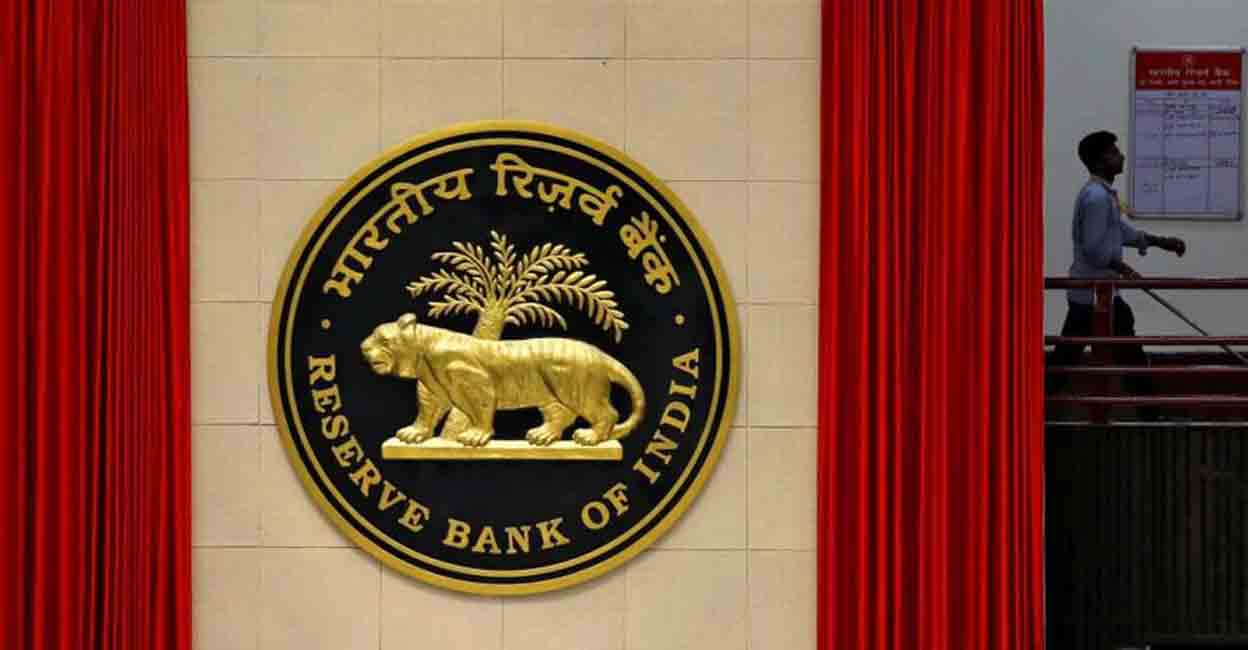A near-Goldilocks economy? Rates unchanged but RBI makes 2 major moves on 'Cloud' & Fintechs
Reflecting the quiet confidence arising from a near-Goldilocks situation, the RBI Governor Shaktikanta Das stated in his monetary policy announcement on Friday (Dec 8) that the Indian economy “presents a picture of resilience and momentum”. In a world beset by economic volatility, India has managed to stay the course of high growth and succeeded in moderating inflation.
And when the cruising is fine, why rock the boat? So the benchmark RBI repo rate was left unchanged at 6.5% and the “stance” of monetary policy continues to be withdrawal of accommodation, which means that till inflation moderates further, the central bank will keep liquidity for banks on a tight leash.
The RBI’s announcement was on expected lines but what stood out was two pathbreaking moves, the import of which India will realise only in the years to come. But of that, later.
Inflation continues to be on the radar of the Monetary Policy Committee. At the press meet which followed too, the RBI Governor said that it would be wrong to read any of the indicators to mean that they are loosening monetary policy. It will remain calibrated and par for the course. The shrinking of the central bank’s balance sheet size in relation to GDP (now at 21.6% down from 28.6% in 2021) is a pointer to this approach — when there is a need, money will be made available to the system and when the inflation trajectory is uppish, tightening will follow.
India’s CPI has moderated from the highs of 7.44% in July 2023 when food and vegetable prices had spiked. The print is expected to come down further even though the headline CPI inflation is projected at 5.4% for the entire year, above the mandated level of 4%. Volatile food prices could still pose a risk. On the ground, the prices of pulses continue to rule high with items of common use like urad dal, tur and moong dal being quoted at almost twice the prices of a year ago.
But, international crude prices trending lower to $75 despite the prolonged war in Gaza has come as a major relief. It was indicated earlier by RBI that they had reckoned crude prices up to $105 for their inflation projections. In fact, if prices continue to rule low, one can even expect pump prices of petrol and diesel to come down ahead of the general elections of 2024 as oil companies are in the money at current levels and Russian crude has again been available below the cap price of $60.
The RBI exuded optimism about growth this year by increasing the forecast for GDP rise to 7% from its earlier estimate of 6.5%. On growth impulses, the RBI is bullish as the eight core sector industries have recorded growth upwards of 8% on a monthly basis since June. The growth in October was in fact 12.1 per cent in this sector.
The buoyancy in GST collections is evidence of increased economic activity, the collection in November being Rs 1.68 lakh crore. Later, at the press conference, the Governor also mentioned high frequency indicators like automobile sales during the 42-day festive season automobile sales.
The 42-day festive period — starting on Navratri and ending 15 days after Dhanteras During the 42-day festive period of FY2023, we reached a new milestone with vehicle sales climbing to 37.93 lakh, a 19 per cent increase from last year’s 31.95 lakh. Significant growth was observed in the two-wheeler, three-wheeler, commercial vehicles and passenger vehicles, with respective rises of 21 per cent, 41 per cent, 8 per cent, and 10 per cent”.
But bank loans to large industry has seen sluggish growth this year as per the data on sectoral deployment of credit. Against an increase of 10.7% as of October last year, this year has witnessed a measly 2.8% growth. This, coupled with reports of lower rates of Gross Fixed Capital Formation indicate weaknesses in private investment even as Government expenditure on infrastructure has been providing positive impulses.
On the external sector, the RBI statement highlighted the increase in the country’s foreign exchange reserves to about $605 billion and the Foreign Portfolio net inflows which are estimated at $25 billion this year (up to Dec 6) as against net outflows during the last two years.
The Governor further said: “Our interactions abroad indicate growing confidence in the Indian economy and its potential for growth. Also, there is confidence for making investments and trust in the quality of merchandise and service exports from India”.
While the macros look stable, the regulatory announcements accompanying the monetary policy statement stood out for two forward-looking measures. These two are of major importance and underline the futuristic perspectives of Indian policy-making now.
The RBI proposes to set up a fintech repository attached to its Innovation Hub in Bengaluru. Fintechs would be encouraged to provide relevant information voluntarily to this repository. As the fintech sector is unregulated as of now and financial entities like banks and NBFCs are increasingly partnering with them, the move may bring in better alignment between RBI’s regulatory norms for the financial sector and the tech sector’s lunge into money and banking.
The second is the establishment of a “Cloud” facility for the financial sector in India. A domestic cloud facility will address issues of data security, integrity and privacy apart from assuring better scalability and business continuity. This is a move which is in line with the development of publicly-owned digital infrastructure like the UPI and the Open Network for Digital Commerce (ONDC). This is a grand idea whose time has indeed come as India prepares to become the world’s third largest economy by 2030.
(The author is a commentator on banking and finance. Views are personal)
For all the latest business News Click Here

